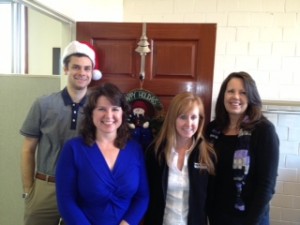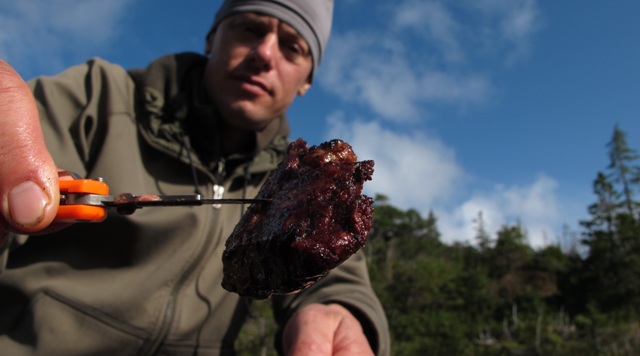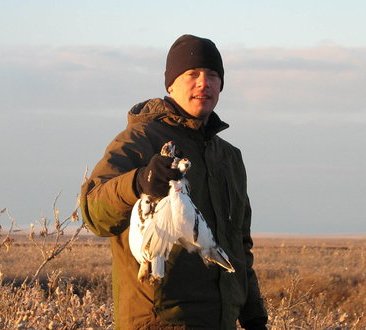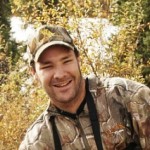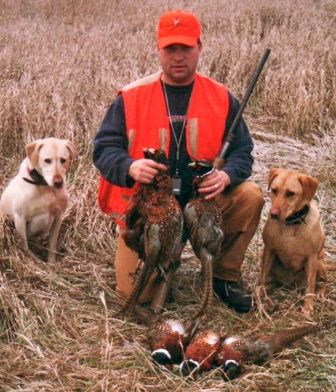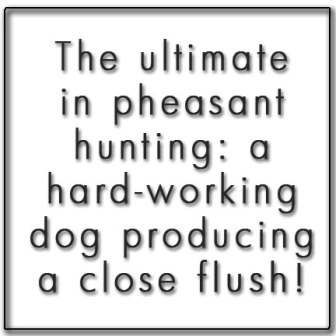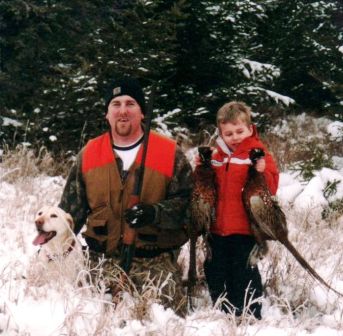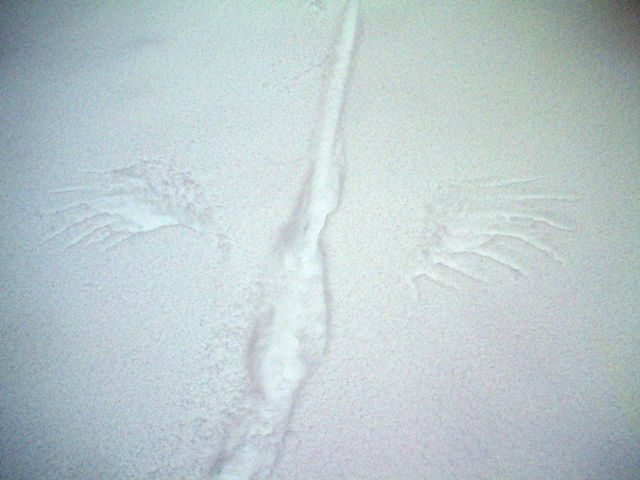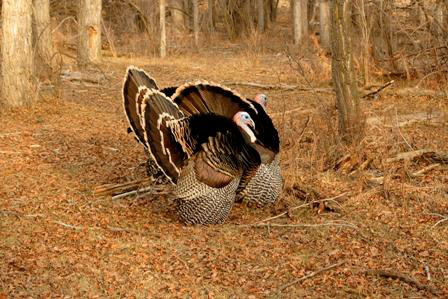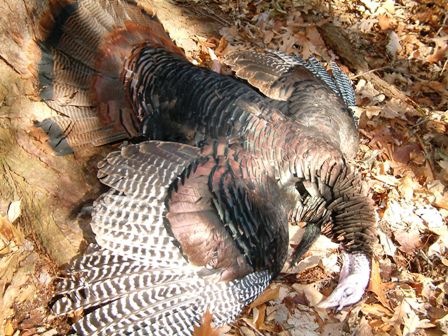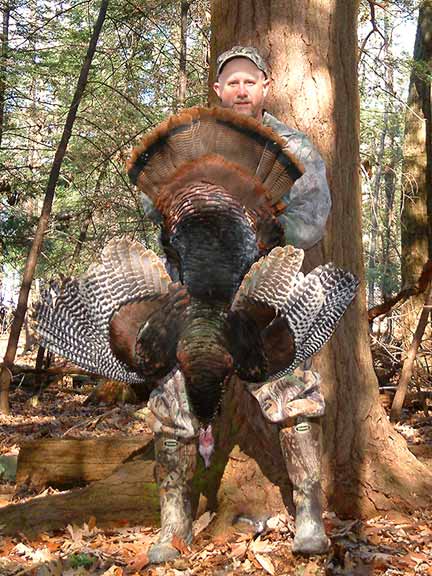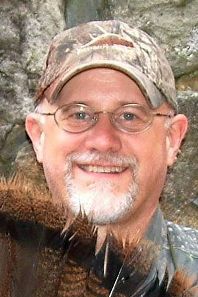My Havalon Gratitude List
By Patrick Carrothers, President & CEO, Havalon Knives/Havel’s Inc.
This is a good time to say “Thank You” to all of our great fans and customers. What an amazing year you have given us!
At the risk of forgetting someone important, I actually want to single out some folks for a note of special gratitude.
I’m Grateful For Our Reviewers
We launched the review tool on our website a few weeks ago. This tool gives customers a chance to grade each knife with 5 stars or less and to leave a comment. On a Saturday morning just a few days after we sent out an email inviting customers to review us, I turned on the web site dashboard.
I couldn’t believe my eyes: over 400 reviews had been recorded! Easily over 90% of them were 5 star ratings with extended comments on why our knives were special.
I literally had to get up and take a walk around the block I was so full of emotion and gratitude. Our team works so hard to make quality, innovation and customer satisfaction a reality for you. To see and hear your praise like this is both humbling and exhilarating at the same time.
I remember years in the past with so many sleepless nights, wondering what more we could do to keep our company competitive. The medical industry was changing fast and our surgical blades for taxidermy and industrial users were just a small part of our business.
Then in 2006, we started having success with Havalon Knives. At no point has it ever been easy, but you have been keeping us growing ever since.
400 fans took the time to record their appreciation and respect for our work as soon as we asked! It hit me like I just found out I was going to be a father or something. In a way, I am. So thank you for giving us this new baby, Havalon.
I’m Grateful for Our Customers
You’ve all been on web forums for one thing or another. So you know how often these forums are used by people to complain. Hunting forums are no different.
However, whenever we see someone leaving a negative comment about our knives, it doesn’t take long before 10 other people come to our defense, telling the initial complainer how wrong they are. That is just awesome for us to see. Thank you for championing our knives!
And keep letting us know how we can improve. Hearing from you is something we all respect and enjoy.
I’m Grateful for Mike Eastman
Most of you know Eastman’s Hunting TV on The Sportsman Channel. Mike Eastman was the first high profile TV hunter to go public with an on-air review of why he liked our knife. And he didn’t ask for payment!
We were just getting started in the hunting industry when I met Mike at The SHOT Show. I knew from the beginning Mike was the real deal, not just a TV image. When Mike talks, hunters listen. Mike’s audience knows his credibility. Thank you, Mike, for putting Havalon on the map.
I’m Grateful for Scott and Angie Denny
Scott and Angie Denny were one of the first guides to use our knives for all of their skinning. Every hunter they took into the field from their ranch in Wyoming saw our knife in action. We can’t tell you how many calls we received from all of those hunters.
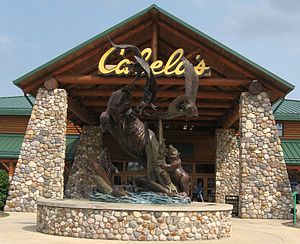
English: The statute outside Cabela’s in Wheeling, WV 40°3′35″N 80°35′47.6″W / °S °W / ; latd>90 (dms format) in latd latm lats longm longs (Photo credit: Wikipedia)
Speaking of calls, one of Cabelas‘ executives was on a hunt with Scott and Angie, saw our knife, and gave the order to find out how to start carrying Havalon knives in their catalog. Not long after that, we received a call from their purchasing agent. Now Cabelas is our biggest customer! A big “Thank You” to all of our dealers and retailers in the USA and Canada!
Make sure you watch Scott and Angie’s show “The Life At Table Mountain“ on The Sportsman Channel.
I’m Grateful for Steven Rinella
Have you seen Steven Rinella’s show on The Sportsman Channel? It’s called The Meat Eater and it has become perhaps the #1 rated hunting show on that channel. A few years back, he had a show on The Travel Channel called “The Wild Within.”
Someone told us they had seen an orange knife on this new show on The Travel Channel and asked if it was our knife. So we finally discovered that it was our knife. We also saw Steven using our knife like in every other scene.
Guess what? Steven never asked us for payment for that exposure. Now, we’re a sponsor of The Meat Eater show and it has become one of the top five referral sources for our business on the web.
I’m Grateful for the Company Owners
Our company owners prefer to remain anonymous. So I won’t mention names. But I will mention how grateful I am that they gave me the chance to lead their company. And they always encouraged me to try bold, new ideas. They never punished me for failures, and I had more than a few. Without their support and guidance, Havalon Knives would not exist.
I’m Grateful for Our Employees
Everybody says they have great employees. But we really do! They regularly ask “What else can I do.” I rarely see them lolligagging. Okay, once in a while. But they usually deserve it.
I’m Grateful for Our Writers
Can’t express how honored we are to have so many big time writers and professional hunters and fishers writing for our blog. A special note of thanks to Bill Vaznis, who helped us get our blog started. And a big thank you to Steve Sorensen, current editor of our blog The Havalon Post.
I think three out of the four highest traffic articles on our site have been written by Steve Sorensen. You can see more of his work at his own website, The Everyday Hunter.com.
I’m Grateful for Twinkies
This is just shameless news jacking. But I do love Ho Ho’s.
There are many more people to thank by name, but really too many to name here. And thanks for everyone on the Havalon/Havel’s team in several locations around the world.
I’m Grateful for This Great Country of Ours
We have so much to be thankful for. I’ve travelled all over this world in my day. When I come home, I am always aware of how good we have it here.
May we all remember that united we stand, divided we fall, no matter how large our differences in opinion, culture or creed. God bless America, and may you and yours enjoy a Happy Thanksgiving!
4,510 total views, no views today



